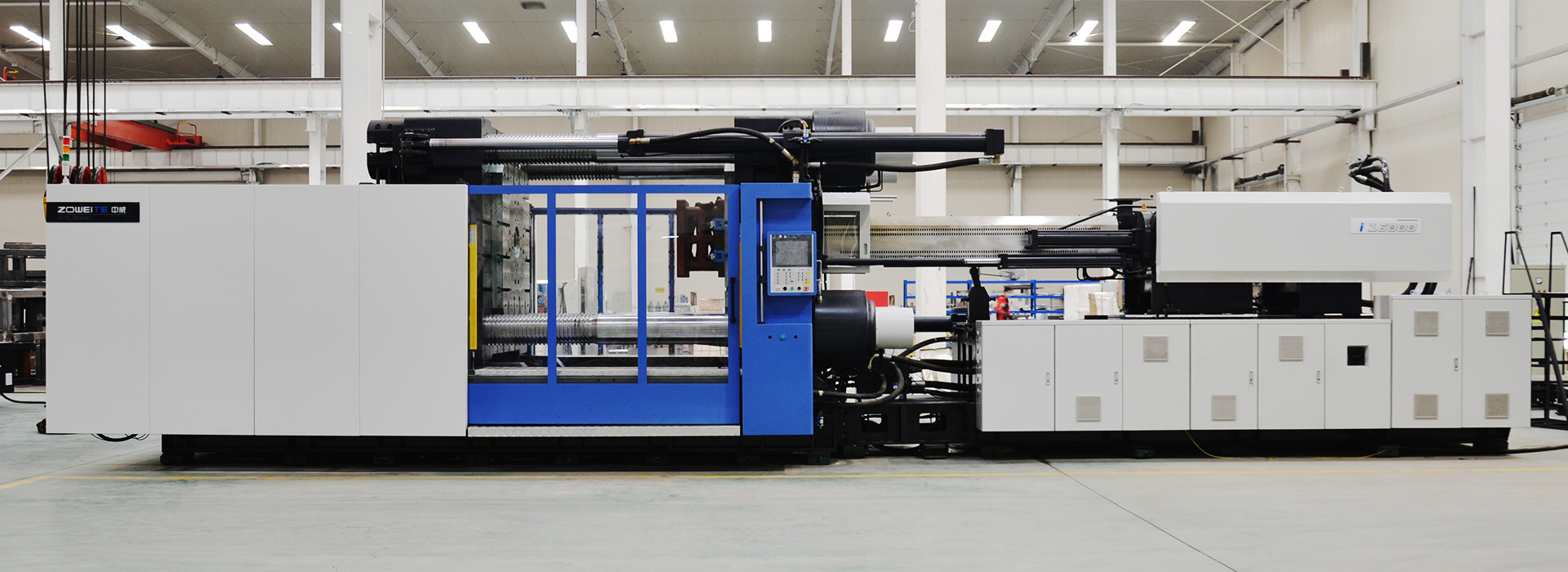Injection molding process for thermoplastics
2023-11-15
Injection molding process is one of the most common and widely-used manufacturing processes for the production of plastic parts. This process is used to create various products, from simple household items to complex components used in the automotive and medical industries. The process is efficient and cost-effective when compared to other manufacturing processes and provides fast production rates, high-quality parts, and design flexibility.
The injection molding process is used for a wide variety of materials, including thermoplastic elastomers, composites, and thermoplastics. In this article, we will be focusing on the injection molding process for thermoplastics.
Thermoplastics are a class of plastics that can be melted and re-solidified repeatedly without compromising their properties. They are widely used in injection molding processes due to their high production efficiency, good mechanical properties, and design flexibility.
The injection molding process for thermoplastics can be summarized into four main phases: plasticizing, injection, cooling, and ejection. Let's take a closer look at each phase.
1. Plasticizing: In this phase, the raw thermoplastic material is fed into a heated barrel, where it is melted and mixed with other materials such as colorants and fillers. The molten plastic material is then pushed forward by a screw, which helps to homogenize and melt the material further.
2. Injection: Once the molten plastic has reached the right temperature and consistency, it is injected into a mold cavity through a nozzle. This is typically done at high speeds and under high pressure.
3. Cooling: After the molten plastic has been injected into the mold cavity, it begins to cool and solidify into the shape of the mold cavity. The amount of time required for cooling depends on the material used and the size and complexity of the part.
4. Ejection: Once the plastic part has fully cooled and solidified, it is ejected from the mold cavity using ejection pins. The cycle time for injection molding processes can range from a few seconds to several minutes.
In conclusion, the injection molding process for thermoplastics is an efficient and versatile manufacturing process used in many industries worldwide. It involves four main phases: plasticizing, injection, cooling, and ejection. The final product is high quality, has good mechanical properties, and high accuracy.




